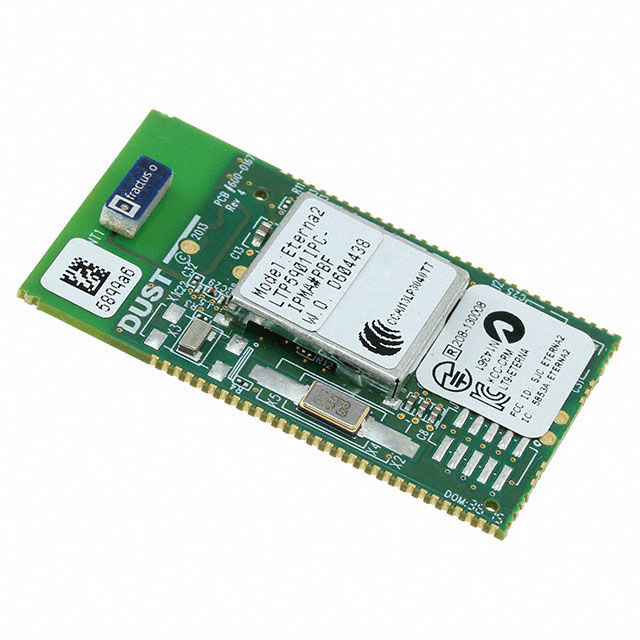How Do Variable Resistors Enhance Circuit Performance and Why Are They Crucial?
- joddiemarshall6
- May 23
- 3 min read
Variable resistors are fundamental passive components that play a vital role in adjusting electrical resistance within circuits to optimise performance. But how exactly do these components work, and why are they so crucial across various electronic applications? This article delves into the world of variable resistors, explaining their function, types, benefits, and practical uses in modern electronics.
What Exactly Is a Variable Resistor?
A variable resistor is a passive electrical component that allows the user to change its resistance value manually or electronically. Unlike fixed resistors, variable resistors provide adjustable resistance, enabling precise control over current and voltage levels in circuits.
They serve as key elements in tuning circuits.
They help modify signal levels.
They allow flexible control in electrical devices.
This adaptability is what makes variable resistors indispensable in both simple and complex electronic systems.
What Are the Operating Principles of Variable Resistors?
The fundamental operation of variable resistors involves altering the length or resistance path that the current must travel. This is typically achieved through a movable wiper sliding over a resistive element.
Sliding the wiper changes the resistance between terminals.
Resistance increases or decreases depending on the wiper position.
This change impacts the voltage drop and current in the circuit.
By varying resistance smoothly, these components facilitate fine adjustments necessary for accurate circuit behaviour.
Which Types of Variable Resistors Are Most Common?
Variable resistors come in several types, each tailored to specific applications:
Potentiometers
Usually, three-terminal devices.
Used to adjust voltage in circuits.
Found in audio volume controls and light dimmers.
Rheostats
Two-terminal variable resistors.
Primarily used for controlling current.
Common in motor speed controls and heating elements.
Trimmers
Small, adjustable resistors.
Intended for calibration and fine-tuning.
Often set once during manufacturing.
Choosing the right type depends on the electrical requirements and user interaction needed.
How Do Variable Resistors Fit Within Passive Components?
Variable resistors are part of passive components, meaning they do not supply energy but regulate the flow within circuits. Their role includes:
Managing voltage and current without amplification.
Providing adjustable resistance for fine control.
Supporting circuit tuning and safety.
As passive components, they are essential for controlling electrical parameters without consuming power.
What Features Should You Consider When Selecting Variable Resistors?
Several necessary specifications guide the selection process:
Resistance Range: Defines adjustable limits.
Power Rating: Indicates maximum energy dissipation.
Tolerance: Shows precision in resistance values.
Adjustment Style: Rotary, slider, or digital controls.
Size and Mounting: Compatibility with circuit design.
Understanding these factors ensures the chosen resistor meets the application's technical demands.
In What Applications Are Variable Resistors Widely Used?
Variable resistors have broad applications across different industries, such as:
Audio equipment for volume and tone adjustment.
Lighting systems for brightness control.
Industrial machinery for process tuning.
Measurement devices for calibration.
Consumer electronics interfaces.
Their flexibility and ease of use make them ubiquitous in electronic design.
Why Are Variable Resistors Preferred Over Fixed Resistors in Some Circuits?
While fixed resistors provide constant resistance, variable resistors offer:
Adjustable resistance for customisation.
Real-time control for dynamic applications.
User-friendly interface for settings.
Adaptability to changing circuit conditions.
These advantages are critical when circuits require fine-tuning or user input.
What Are the Limitations and Considerations of Using Variable Resistors?
Despite their utility, variable resistors come with challenges like:
Mechanical wear affects longevity.
Possible electrical noise generation.
Sensitivity to environmental factors.
Need for periodic calibration.
Awareness of these issues helps in selecting and maintaining variable resistors effectively.
How Is Technology Advancing Variable Resistors?
Advancements have introduced digital potentiometers, offering:
Electronic adjustment via microcontrollers.
Greater precision and repeatability.
Integration in automated systems.
Reduced mechanical failure risks.
These innovations expand the applications and reliability of variable resistors in modern electronics.
Summary
Variable resistors are versatile passive components crucial for controlling resistance in electronic circuits. Their ability to adjust resistance enables precise management of current and voltage, enhancing circuit performance across countless applications. By understanding their types, operation, and uses, engineers and hobbyists alike can leverage these components to create more flexible and responsive electronic devices. With ongoing technological improvements, variable resistors continue to evolve, solidifying their importance in the future of electronics.



Comments